
Ten years ago, the World Health Organization declared a sound injury epidemic, warning that 50% of people ages 12–35 were at risk of permanent hearing damage from recreational noise exposure. One of the leading culprits: music — from personal listening habits to the volume of concerts and festivals. This feature explores the scope of what that epidemic is, how it impacts the music industry, and the steps we can take to protect our hearing while still enjoying the music we love.
In recent years, several high-profile artists in the dance music community have brought attention to the growing issue of hearing damage. Alesso recently shed light on how his tinnitus diagnosis led him to cancel a run of shows for the first time in his career. Dom Dolla became a prominent advocate for hearing protection after he was diagnosed with tinnitus in both ears back in 2017 — a condition that requires him to take extra precautions both in the studio and on stage. Earlier this year, Martin Garrix revealed on the Figuring Out podcast with Raj Shamani that he, too, lives with tinnitus. He explained that he often keeps background music playing to mask the constant beeping in his ears, which he attributes to not wearing ear protection during long studio sessions and shows early in his career — a mistake he now regrets.
These cases illustrate the harsh reality of tinnitus – a persistent ringing or beeping in the ears that never fully goes away. While symptoms vary from person to person, common side effects include difficulty sleeping, trouble concentrating, memory issues, heightened anxiety and stress, and even depression. In the most severe cases, tinnitus has been linked to suicidal thoughts due to its profound impact on mental health. It’s a stark reminder of just how serious this growing epidemic truly is.

So, what exactly is tinnitus?
Tinnitus is the perception of sound — such as ringing, buzzing, hissing, or clicking — in the ears or head without any external source. Prolonged exposure to loud noise, including music, is one of the most common causes and can lead to both hearing loss and tinnitus. Most people describe it as a “ringing in the ears,” something many concertgoers have experienced after a show. While that post-concert ringing may seem harmless, it’s actually a sign of minor ear damage — and over time, repeated exposure can lead to permanent injury.
Although hearing loss and tinnitus are technically different conditions, they often occur together. Both can develop after spending extended time in loud environments, and both are largely preventable with proper hearing protection.
The ear itself is a remarkable organ, but it has one major flaw: the tiny sensory cells responsible for hearing do not regenerate once they’re damaged. That means when it comes to hearing, prevention isn’t just important — it’s the only option.

There’s also a direct link between hearing damage — especially untreated hearing loss — and an increased risk of developing dementia. Multiple large-scale studies have identified hearing loss as one of the most significant modifiable risk factors for dementia, including Alzheimer’s disease.
There’s a science behind why this is a growing problem. Simply put, the human ear wasn’t designed for the loud environments we regularly encounter in the modern world. Before the Industrial Revolution, the planet was a quiet place, free from the constant hum of engines, machinery, and amplified sound. In just a few centuries — a blink in evolutionary time — the world has grown exponentially louder, and our ears haven’t had time to adapt. Among the biggest contributors to this problem is prolonged exposure to loud music. Yet, unlike our teeth or our eyes — where we visit dentists and optometrists for regular checkups — few people ever see an audiologist until it’s too late.
To better understand the epidemic and its implications for the music industry, Dancing Astronaut spoke with Dr. Shannon Switzer, a Chicago-based audiologist and Northwestern University graduate who is one of only about 15 audiologists in the U.S. specializing full-time in music industry audiology. A passionate dance music fan herself — having proudly attended her fifth ARC Music Festival this summer — Dr. Switzer brings a rare combination of clinical expertise and cultural insight to the conversation around hearing health.

“Unlike industrial spaces — especially in the U.S. — there are no legal standards to regulate music as a potential source of sound injury,” Dr. Switzer says. “The only person looking out for you in these music spaces is you.” She’s right — while factories, warehouses, construction sites and other workplaces have OSHA laws that enforce hearing protection and give employees access to annual hearing tests, no such protections exist in the music industry.
“Because music is fun and positive, it doesn’t occur to us that it could be harmful to our health,” she explains. “What makes sound potentially dangerous comes down to both volume and exposure time — and dance music fans and artists are often logging longer and louder hours than anyone else.”
According to Dr. Switzer, “If people don’t start changing their behaviors, down the line a large percentage of people are going to have some form of hearing loss, tinnitus or both.” And that’s why hearing protection – both the education and the application of it – is more crucial now than ever.
But this doesn’t mean people have to stop enjoying music. Far from it. There are effective ways to protect your ears without sacrificing the experience. While many factors can affect hearing health, volume is one of the few we can control — and managing it is key to preventing further damage.
Dr. Switzer serves as the Musicians Hearing Clinic Director at Sensaphonics, the company that pioneered high-fidelity earplugs. Sensaphonics specializes in custom-molded ear protection, and their technology inspired the universal models now popularized by brands like Eargasm and Loop. Their current clients include artists in the dance music scene like Porter Robinson, Gorgon City and Azzecca, plus other global touring acts like Lorde, Coldplay and Radiohead. They even work with NASA – underscoring the trust placed in them to deliver world-class hearing protection.

A common misconception with earplugs is that they diminish the live music experience. In reality, with the right earplug (not the cheap orange foam ones), they actually improve the overall audio quality. High-fidelity earplugs bring down the volume of the entire environment around you – including those pesky dance floor yappers and fan clackers – allowing the music to shine more clearly. The result is a cleaner, more balanced sound entering your ear, making for a richer and more enjoyable live experience. Even better, they don’t block out conversations with friends nearby — so you can still hear your buddy when they ask, “What’s this ID?”
A diehard dance music fan, Dr. Switzer understands if fans want to take their earplugs out every once in a while at shows. “If you can wear earplugs 85% of the time, I’m happy with that. It’s better to be consistent than perfect. If you want to take out your earplugs when your favorite song comes on, do it. Consistency is more important than having them in 100% of the time.”
It’s not all doom and gloom when it comes to hearing health. The good news is that tinnitus and hearing loss from sound exposure is — for the most part — entirely preventable. And even for those already diagnosed, many are able to live full, healthy lives with proper care and awareness. Dr. Switzer says she’s “optimistic” about the future, noting that attitudes are shifting. “At first, no one thought about hearing health and music at all. Now, I’m seeing more and more people wearing earplugs at shows.”
Adding to that optimism is accessibility: high-quality earplugs designed specifically for live music environments are now better, more available, and more affordable than ever.
Universal models like Eargasm, Hears, and Loop are great entry points for casual concertgoers and offer strong protection. And for those looking to elevate both their hearing protection and their overall live music experience, custom-molded earplugs – made specifically to fit your ears – are the gold standard.

Dancing Astronaut had the opportunity to test a range of earplugs while researching this feature, and the custom-fitted models (courtesy of Sensaphonics) definitely stood out compared to the universal models. Because they’re molded specifically to the wearer’s ear, they’re far more comfortable for long-term use. Their high-fidelity filters deliver exceptional sound clarity, preserving every nuance of the music while reducing harmful volume levels. Most importantly, they offer superior protection by creating a complete seal – ensuring that all sound entering the ear is properly filtered through the hi-fi system.
Custom earplugs are more expensive and require an extra step — getting an ear mold made by a local audiologist — but that shouldn’t deter dedicated live music fans. For anyone who regularly attends shows or festivals, they’re a worthwhile long-term investment in both safety and sound quality. And for those who can’t make the leap just yet, universal earplugs are still an excellent and affordable option — far better than going without protection. Sensaphonics even offers a universal line alongside their fitted designs.
Below is a list of quality, Dancing Astronaut-recommended earplug options on the market. From custom earplugs to cheap universal options and everything in between, there’s plenty of excellent options out there to fit any budget.
Dancing Astronaut implores the entire music community to look out for one another: encourage the use of earplugs, be an advocate for hearing health, and help spread awareness. We’ve only got one set of ears — protect them. Together, we can change the culture around hearing health for the better.
Earplugs recommended by Dancing Astronaut

Sensaphonics
Custom fit: $210
Universal fit: $15
The custom fit earplugs are well worth the price and a true game changer for anyone attending concerts on a regular basis.
Note: see an audiologist to get ear molds made before ordering any kind of custom earplugs and always follow the direction of the manufacturer to ensure a proper fit. You can find a list of Sensaphonics-recommended audiologists here.

Loop
Switch 2: $59.95
Experience 2 Plus: $44.95
Experience 2: $39.95
Features a sleek, modern look with collaborations including Coachella and Tomorrowland.

Eargasm
Eargasm: $43.95
One of the most popular options on the market – a long-time Dancing Astronaut favorite.

Hears
Hears Plus: $43
Hears One : $40
Hears recently unveiled a collaboration with Pacha – the world-famous nightclub in Ibiza – featuring their iconic red cherries.


EarPeace
MUSIC Earplugs: $29.95

Featured image: courtesy of Loop
The post Wear earplugs: the rising epidemic of tinnitus and hearing loss in the music industry appeared first on Dancing Astronaut.


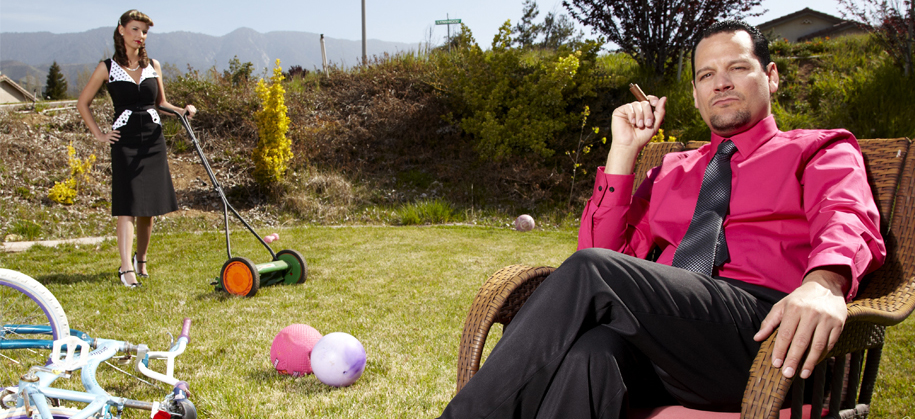
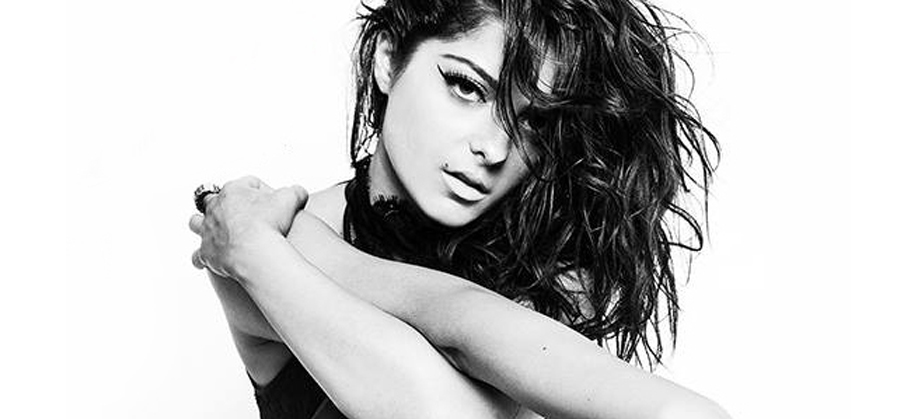
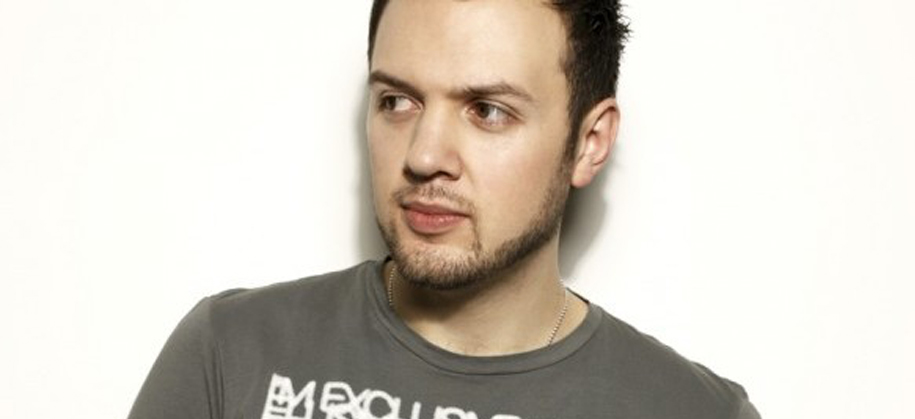

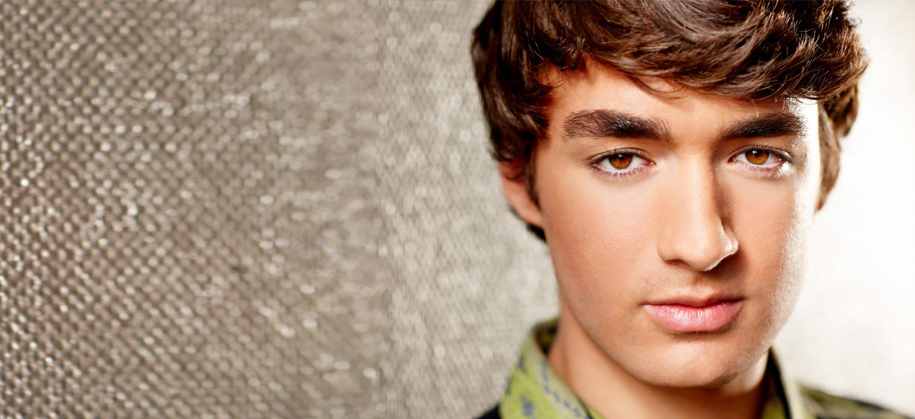

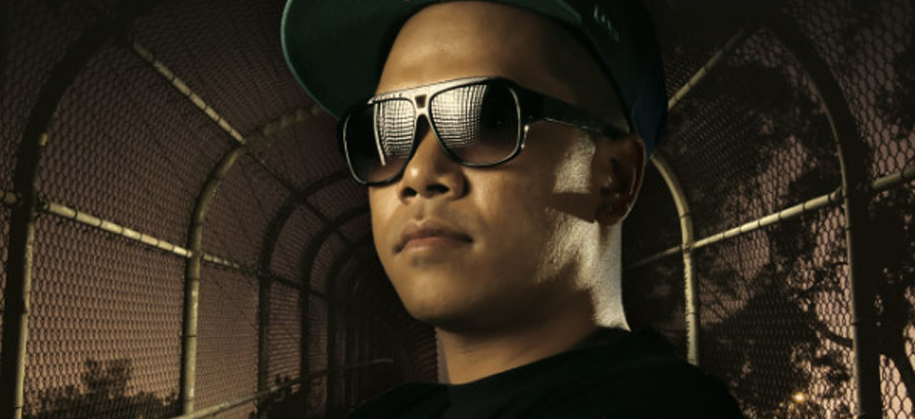
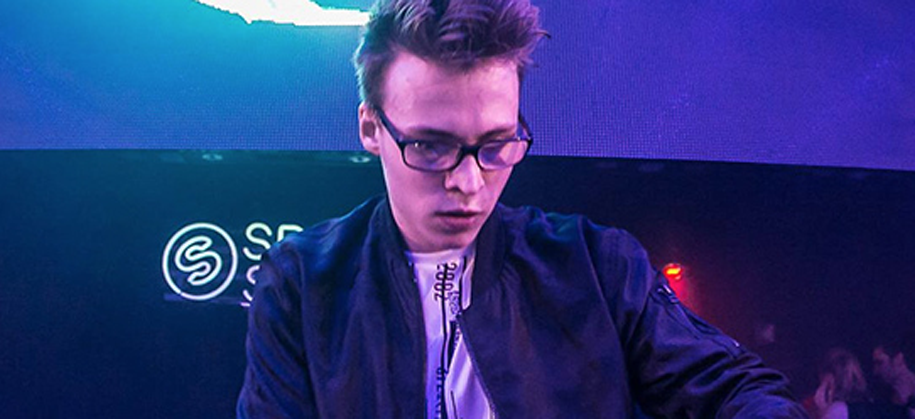
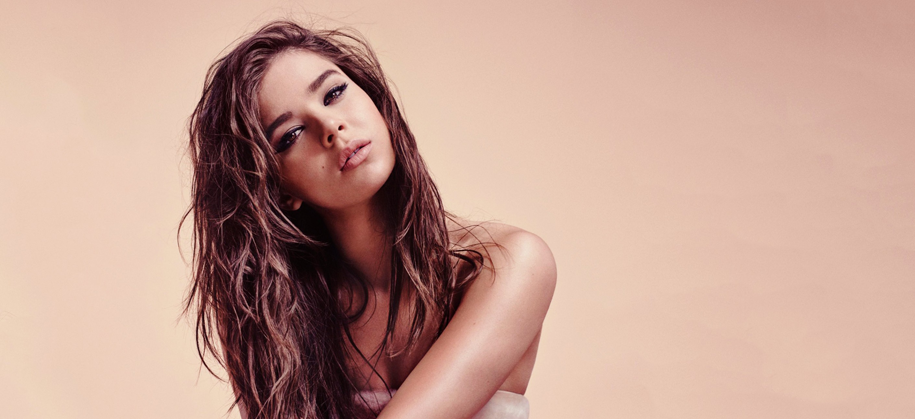

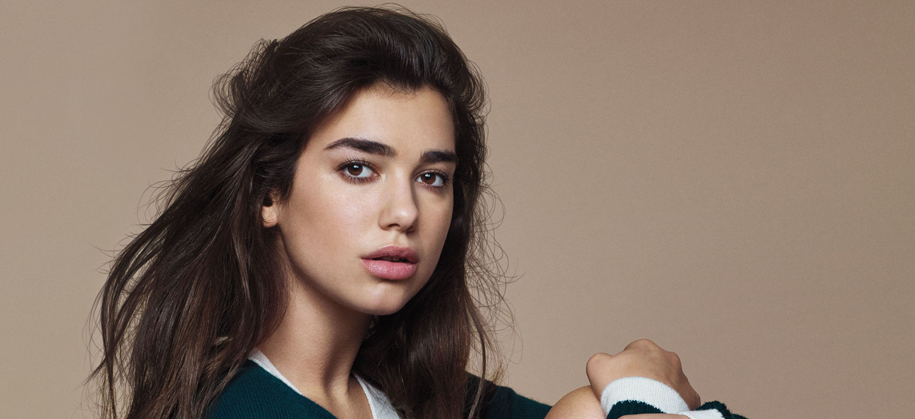


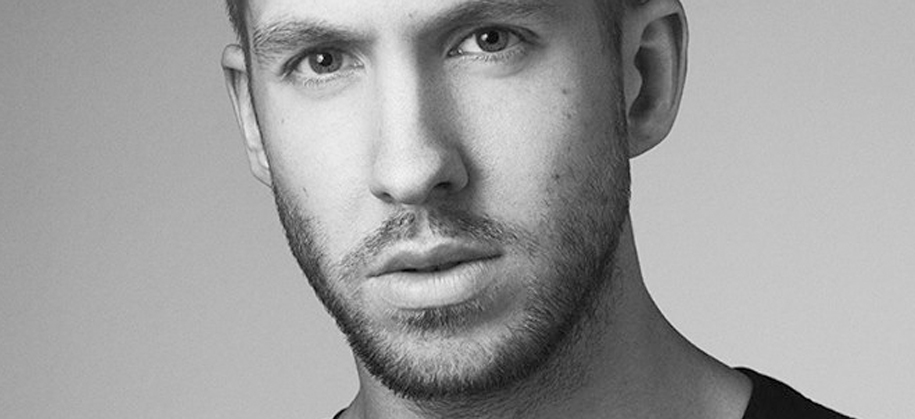
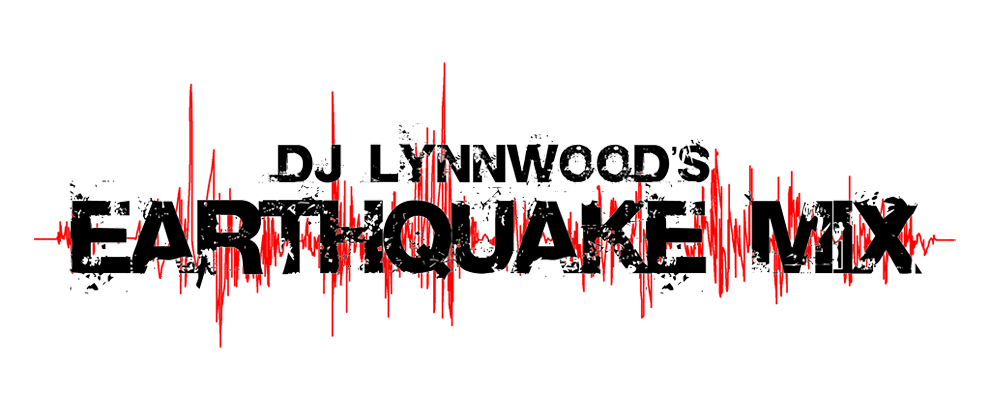
 Category:
Category: 
Earthquake Mix: